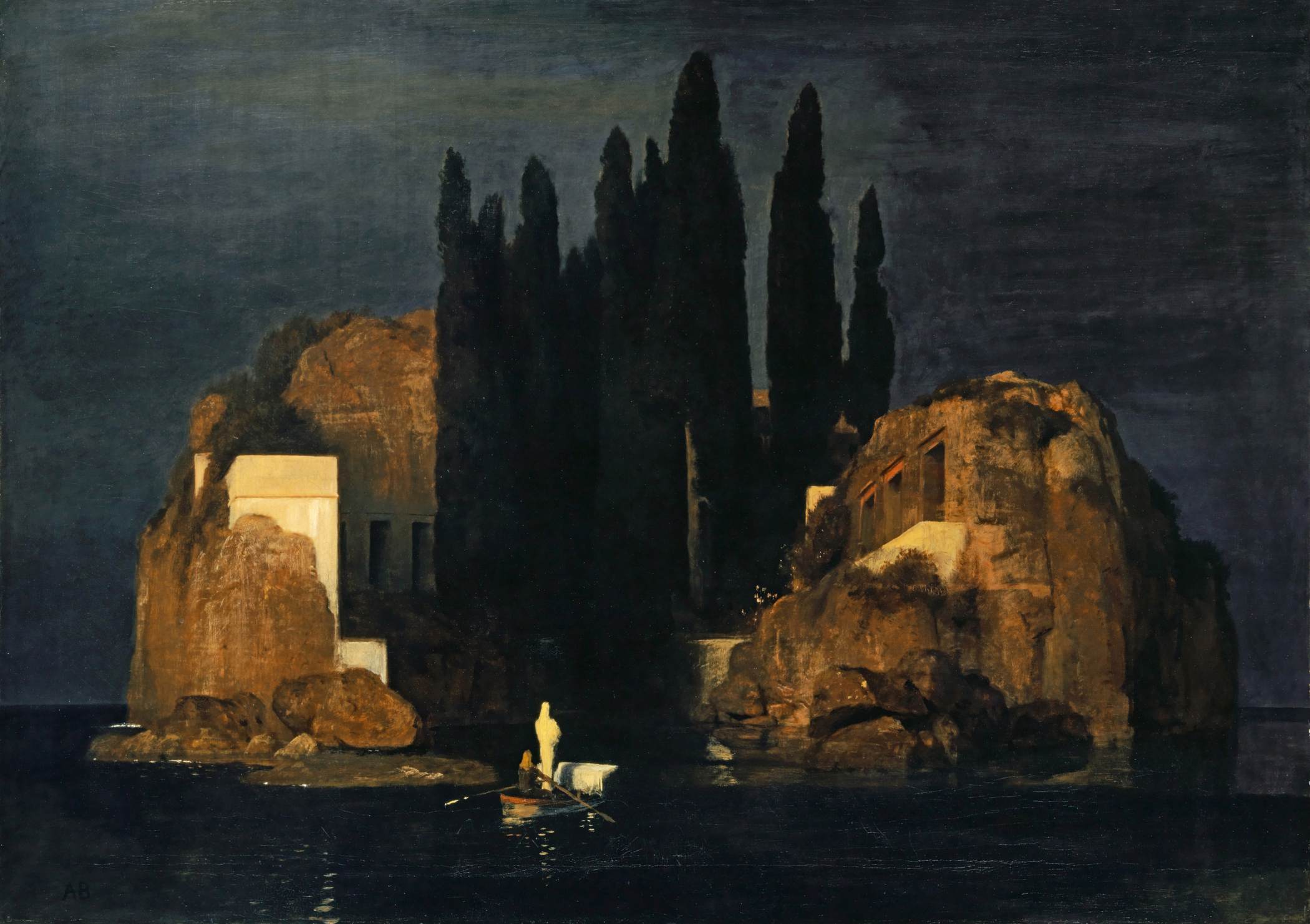Description
The painting Island of the Dead (first version) by the Swiss artist Arnold Böcklin is a masterpiece of symbolism and dark imagery. The painting was created in 1880 and has been the subject of fascination and admiration for art lovers ever since.
The composition of the painting is impressive, with a desolate rocky island in the center of the image, surrounded by a dark and stormy sea. On the island, a lone figure, clad in white, can be seen rowing towards shore. The figure appears to be in a trance-like state, as if in some kind of limbo between life and death.
The paint color is equally impressive, with a dark, somber color palette evoking a sense of mystery and melancholy. The blue and gray tones of the sky and sea contrast with the rocky island and white figure, creating a sense of tension and drama.
The story behind the painting is equally interesting. Böcklin created the painting after visiting the island of San Michele in Venice, where a cemetery surrounded by water is located. The image of the lonely island surrounded by water inspired him to create this masterpiece of symbolism.
A little-known aspect of the painting is that Böcklin created several versions of the same image, each with small variations in composition and color. The first version of the painting is the most famous and is in the Alte Nationalgalerie in Berlin, but there are also versions in the Basel Art Gallery and the New York Museum of Art.
In short, Arnold Böcklin's Island of the Dead (first version) is a masterpiece of symbolism and dark imagery. Its impressive composition, its dark color palette and its fascinating history make it one of the most interesting and important paintings in the history of art.

